The cat’s teeth have to participate in various activities throughout the cat’s life, such as eating, hunting, chewing on toys, grooming and so on. Teeth are constantly in contact with various things and are constantly busy. As time goes by, various dental diseases will gradually develop.
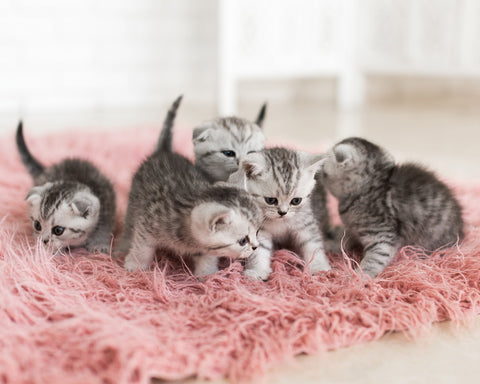
1. Bad breath
Bad breath in cats is very common. Bad breath may be the result of a variety of oral problems, from simple periodontal disease to oral ulcers, abscesses, and infections.
Bad breath may also be caused by visceral diseases. For example, cats with diabetes will have a fruity breath; cats with kidney disease will smell of ammonia, because the kidneys cannot adequately filter impurities in the body.
If you find that your cat’s bad breath is accompanied by changes in appetite, difficulty swallowing, vomiting or diarrhea, this may be a sign of a serious illness, and it is recommended to see a doctor as soon as possible.
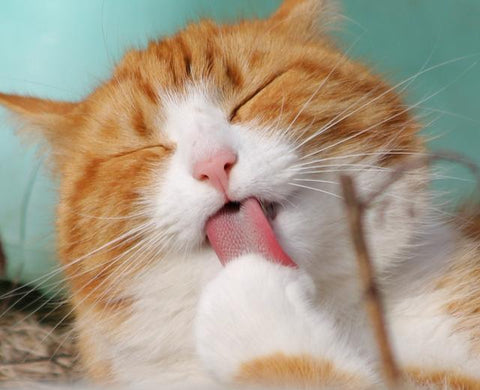
2. Periodontal disease
Periodontal disease is very common in cats. About 80% of cats over three years old suffer from periodontal disease of varying degrees, more than weight problems, kidney disease or other common problems.
The cause of periodontal disease is the accumulation of plaque and tartar on the teeth, which accumulate over time. Because plaque bacteria will spread below the gum line, this can lead to inflammation, infection and eventually tooth loss.
To prevent periodontal disease, we should start by reducing the accumulation of plaque and tartar. You can usually choose one of the following three methods:
a. Brush your cat's teeth
Don't use human toothbrushes and toothpaste, but cat toothbrushes. But brushing the teeth of most cats is more difficult.
b. Tooth cleaning snacks or tooth cleaning toys
Different cats have different preferences and need to be tried by the shovel officers themselves. It is recommended to choose latex and rubber toys for tooth cleaning toys, the effect will be better.
c. Clean your cat's teeth
Go to the hospital. Cats need anesthesia when cleaning their teeth, and there are requirements for their age and health status.
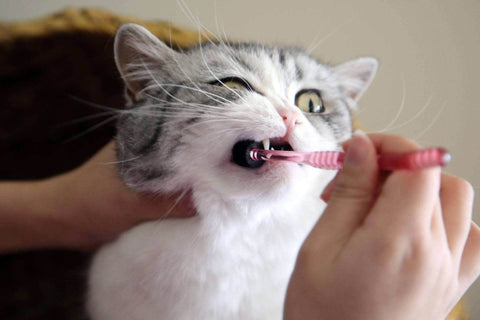
3. Stomatitis
Cat stomatitis refers to a very painful condition caused by serious inflammation in the mouth or ulcers in the oral tissues (gums, inner cheeks, tongue, etc.).
Cats suffering from stomatitis will have extremely red mouths due to inflammation. Due to the pain, cats are very resistant to checking their teeth. Cats usually lose their appetite, which can lead to malnutrition in severe cases.
If brushing your teeth with drugs cannot be cured, but if it becomes more serious, you should consider pulling your cat's teeth to remove the roots of the teeth that caused the inflammation. The cat can often recover quickly.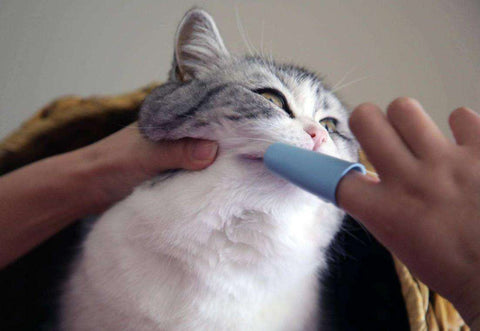
4. Oral infections
Oral infections may be a secondary reaction to diseases such as wounds, oral foreign bodies, immunosuppression, or periodontal disease.
Infection of the gum tissue can cause redness and swelling, while infection and local accumulation of pus can cause abscesses.
Gum abscesses can cause pain and swelling of the cheeks and spread quickly. If it spreads near the eye sockets, you may observe facial swelling or even protruding eyes.
If you find that your cat rarely eats or does not eat, and often pats your face with your paws, please send your cat to the doctor in time. Treatment measures may include: pulling out the infected tooth, antibiotics, and painkillers.
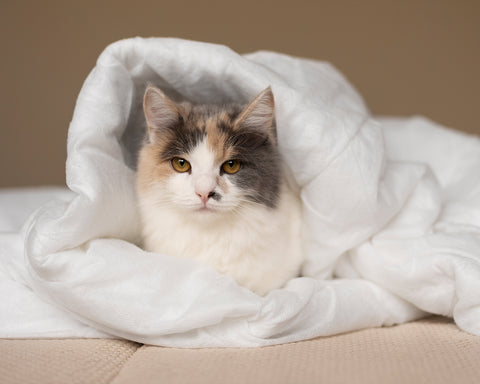
5. Tooth absorption
Cat tooth resorption is a very common disease. About 75% of cats over 5 years old suffer from tooth resorption.
Tooth is composed of bone material (dentin and enamel) and soft tissue of the root, which also includes blood vessels and nerves. The reason is not yet known, but the body will begin to break down dentin at some point, which can cause tooth looseness and cause root pain.
Since this decomposition starts inside the gums, it is difficult to detect in appearance, and unless dental X-rays are used, it is impossible to determine which teeth have been eroded.
Although it is imperceptible in appearance, you can observe the cat's eating situation. If the cat suddenly starts to favor softer food, or eats everything without chewing, it may be absorbed by the teeth.
Tooth resorption may be a single tooth or multiple teeth. Once diagnosed, the tooth needs to be extracted as soon as possible.
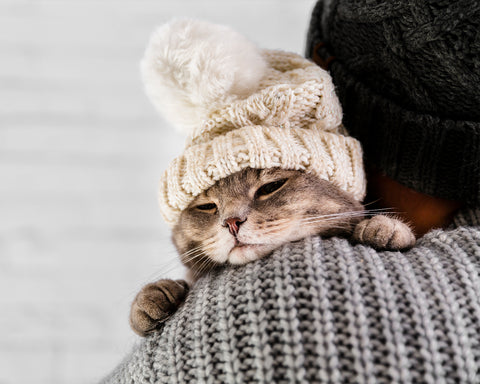
6. Broken teeth
In cats, broken teeth are more common. Fractures of the front incisors are common, but the most common is the fracture of the tips of the canine teeth (two longer canines commonly known as tiger teeth). The pulp tissue of cats extends all the way to the end of the teeth, which means that even a small break at the tip of the canine teeth may cause toothache.
Most cat tooth fractures are caused by oral trauma, and tooth absorption can also weaken the teeth, making them easy to break. In addition to pain, broken teeth can cause abscesses, facial swelling and even systemic infections in severe cases.
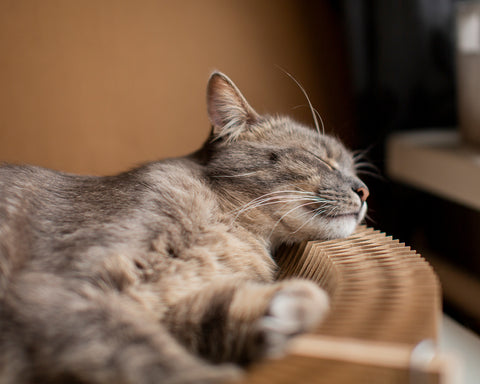
7. Oral cancer
Oral cancer is the fourth most common cancer among cats. Oral cancer may occur on the gums, lips, tongue, jawbone, or upper jaw. Symptoms of oral cancer include lumps in the mouth, facial swelling, drooling, weight loss, sudden tooth loss, and bad breath.
Oral cancer can be treated at an early stage, but it is difficult to treat once it invades the bones. If you find a small lump in your cat’s mouth during daily inspection, it is recommended to go to the hospital for a doctor to check it.
Daily attention should be paid to keeping your cat's teeth healthy, including brushing teeth, cleaning toys, etc. Choose a form that suits you and your cat, and take your cat for regular check-ups to take precautions!






















